Introduction
The best diet for Chesapeake Bay Retriever supports their health and vitality.
- Understanding their specific nutritional needs helps you choose the best food
- Chesapeake Bay Retrievers need high-quality protein, fats, and carbohydrates
- This guide covers essential nutrition tips and food recommendations
- Learn about portion control, special dietary needs, and food types
- Feeding the right diet supports energy, growth, and overall well-being
1. Understanding Nutritional Needs
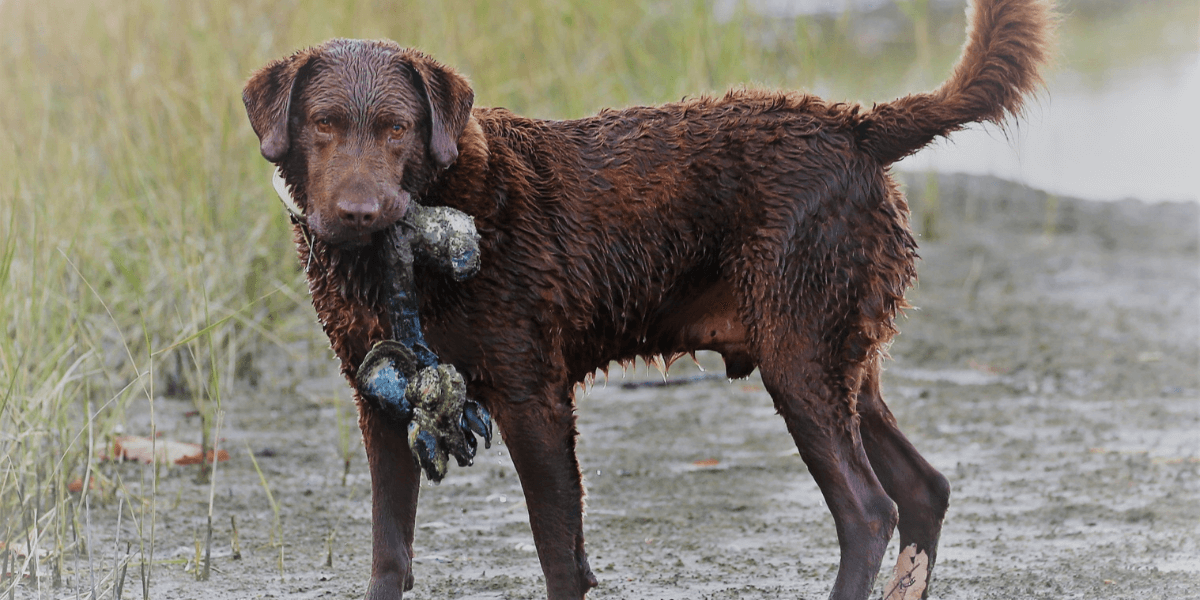
Knowing the nutritional needs of Chesapeake Bay Retrievers is vital for their health.
- Protein: High-quality proteins support muscle growth and energy
- Fats: Healthy fats are necessary for coat health and brain function
- Carbohydrates: Complex carbs provide sustained energy throughout the day
- Vitamins: Essential vitamins support immunity and overall well-being
- Minerals: Minerals like calcium and phosphorus promote bone health
- Fiber: Adequate fiber aids in digestion and prevents constipation
- Water: Fresh water should always be available to keep your dog hydrated
- Balanced Diet: A mix of nutrients is key for a healthy, happy dog
2. Best Types of Food
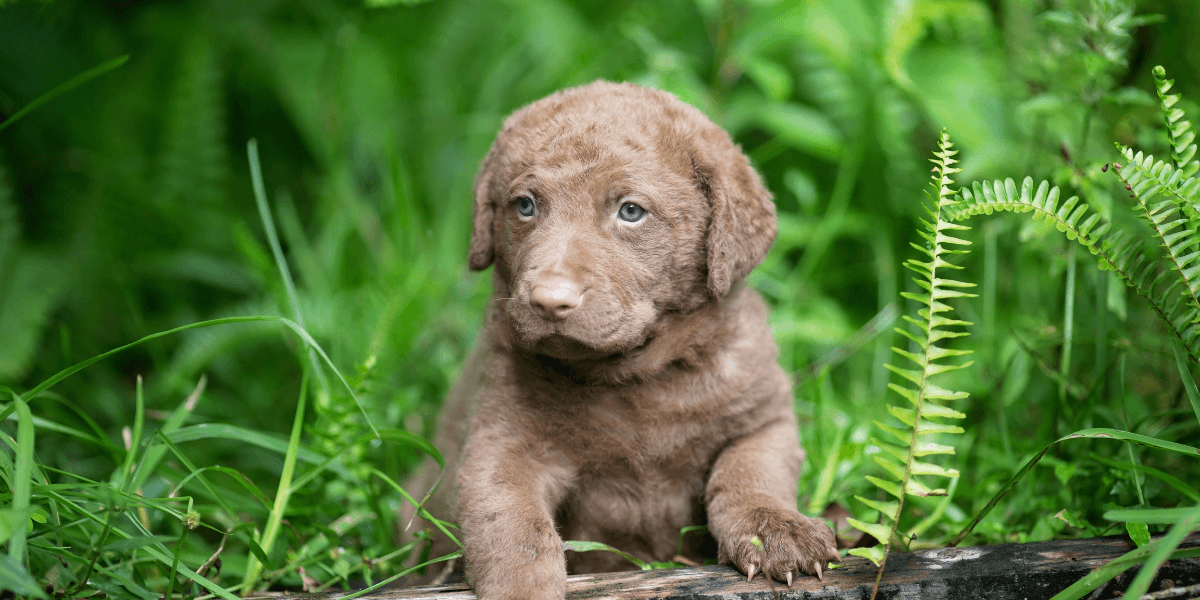
Choosing the right type of food is essential for meeting your dog’s nutritional needs.
- Dry Kibble: Provides balanced nutrition and helps maintain dental health
- Wet Food: Offers higher moisture content, beneficial for hydration
- Raw Diet: Consists of raw meat, bones, and vegetables for natural nutrition
- Home-Cooked Meals: Allows control over ingredients and portion sizes
- Grain-Free Diet: Ideal for dogs with grain allergies or sensitivities
- Limited Ingredient Diet: Helps identify and manage food allergies
- Prescription Diet: Tailored for dogs with specific health conditions
- Combination Feeding: Mixes wet and dry food for varied nutrition and taste
3. Portion Control
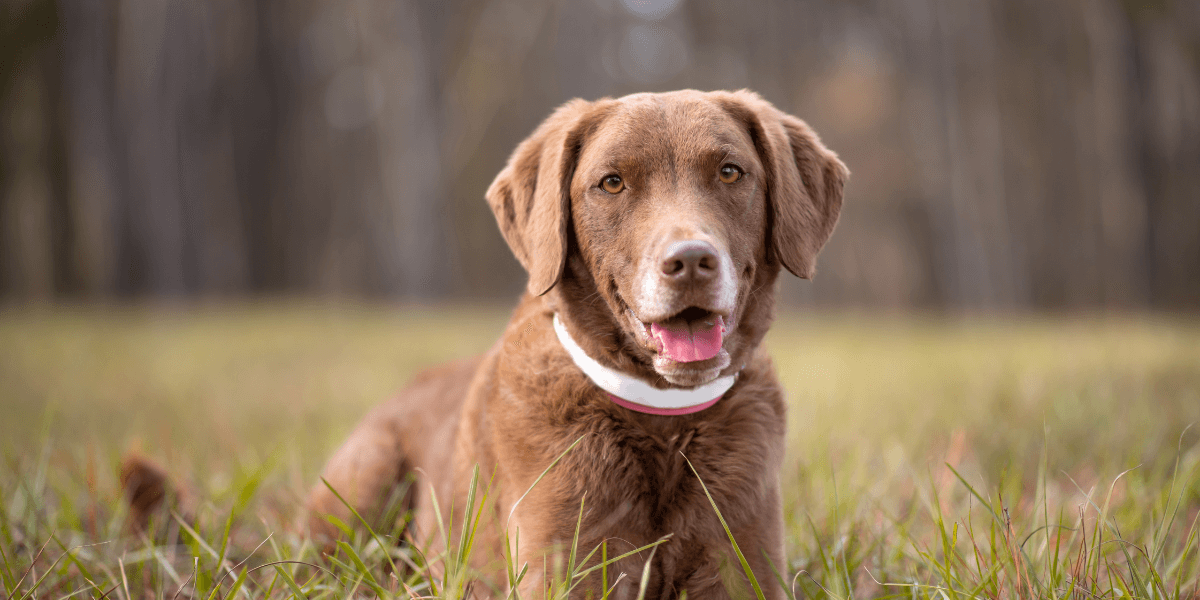
Proper portion control is crucial in the best diet for Chesapeake Bay Retriever.
- Daily Calories: Calculate daily caloric needs based on age, weight, and activity
- Meal Frequency: Feed adult dogs twice a day, and puppies three to four times
- Monitor Weight: Regularly check your dog's weight to adjust portions
- Feeding Guidelines: Follow the manufacturer’s feeding recommendations
- Avoid Overfeeding: Do not exceed the recommended daily intake
- Adjust for Activity: Increase portions for active dogs, reduce for less active
- Treat Moderation: Limit treats to prevent excess calorie intake
- Measure Portions: Use a measuring cup for consistent portion sizes
4. Special Dietary Needs
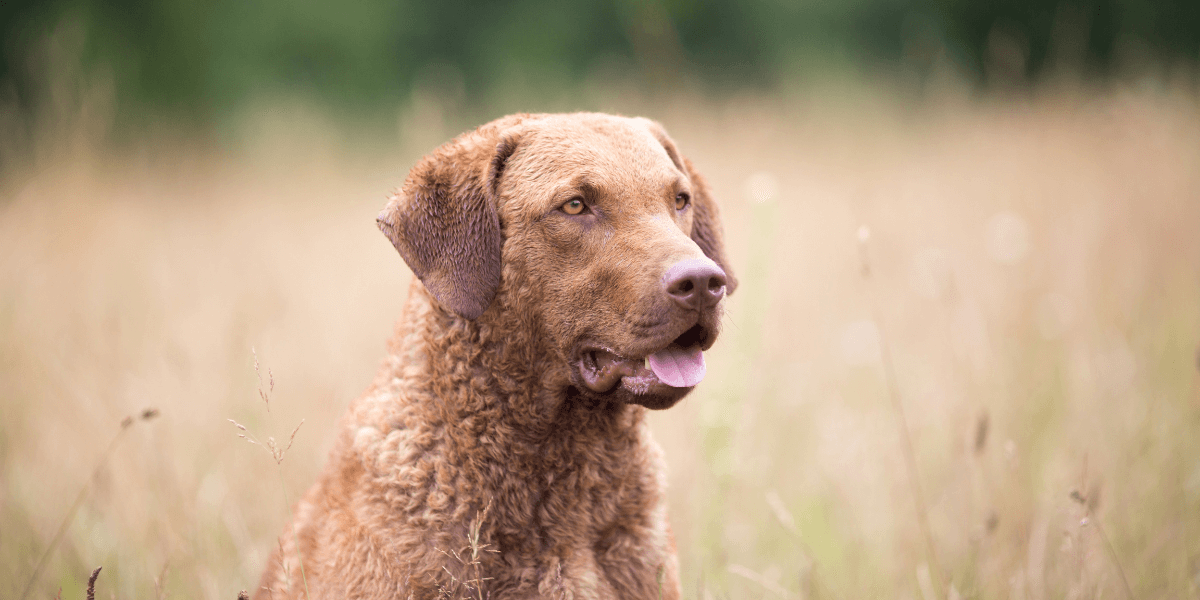
Certain conditions require specific dietary adjustments for optimal health.
- Allergies: Choose hypoallergenic foods to avoid triggering allergies
- Joint Health: Look for foods with glucosamine and chondroitin supplements
- Sensitive Stomach: Opt for easily digestible, limited-ingredient diets
- Weight Management: Provide low-calorie diets for weight control
- Dental Health: Include dental chews or crunchy kibble to reduce tartar buildup
- Senior Dogs: Select senior-specific formulas for aging dogs
- Skin and Coat: Feed foods rich in omega-3 and omega-6 fatty acids
- Active Dogs: Choose high-protein and high-fat diets for active dogs
Learn how to prevent and manage hip dysplasia in your Chesapeake Bay Retriever with our expert tips.
5. Foods to Avoid
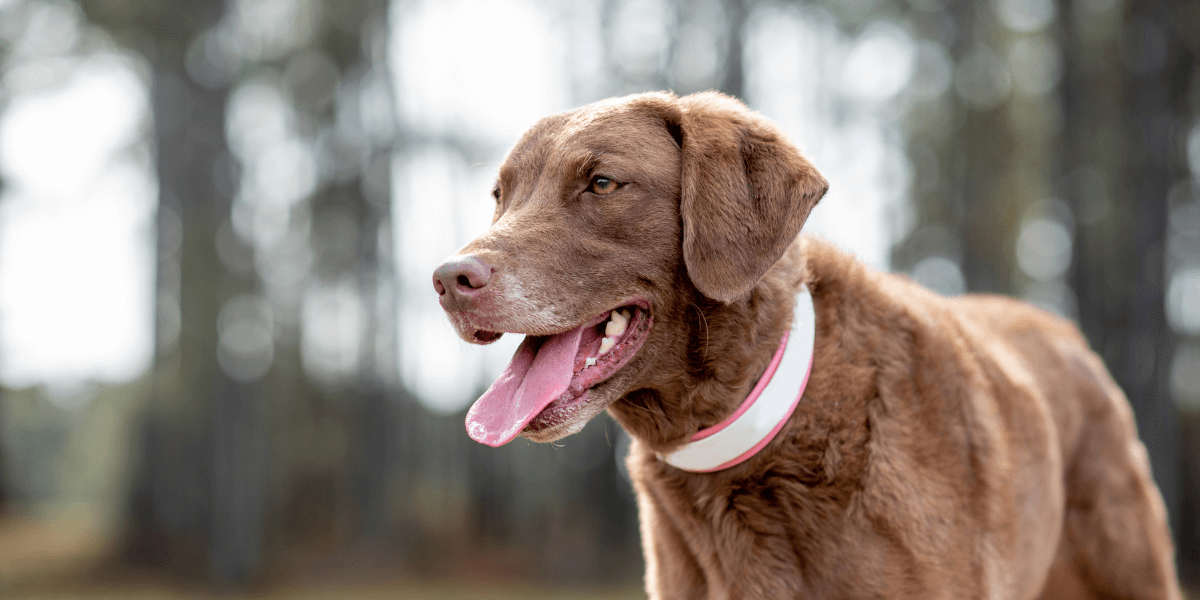
Certain foods can be harmful or toxic to Chesapeake Bay Retrievers.
- Chocolate: Contains theobromine, which is toxic to dogs
- Grapes and Raisins: Can cause kidney failure in dogs
- Onions and Garlic: Damage red blood cells, leading to anemia
- Xylitol: An artificial sweetener that can cause severe hypoglycemia
- Fatty Foods: May lead to pancreatitis or digestive upset
- Cooked Bones: Can splinter and cause internal injury or choking
- Alcohol: Even small amounts can be dangerous for dogs
- Macadamia Nuts: Toxic and can cause vomiting, weakness, and tremors
6. Choosing the Best Dog Food Brands
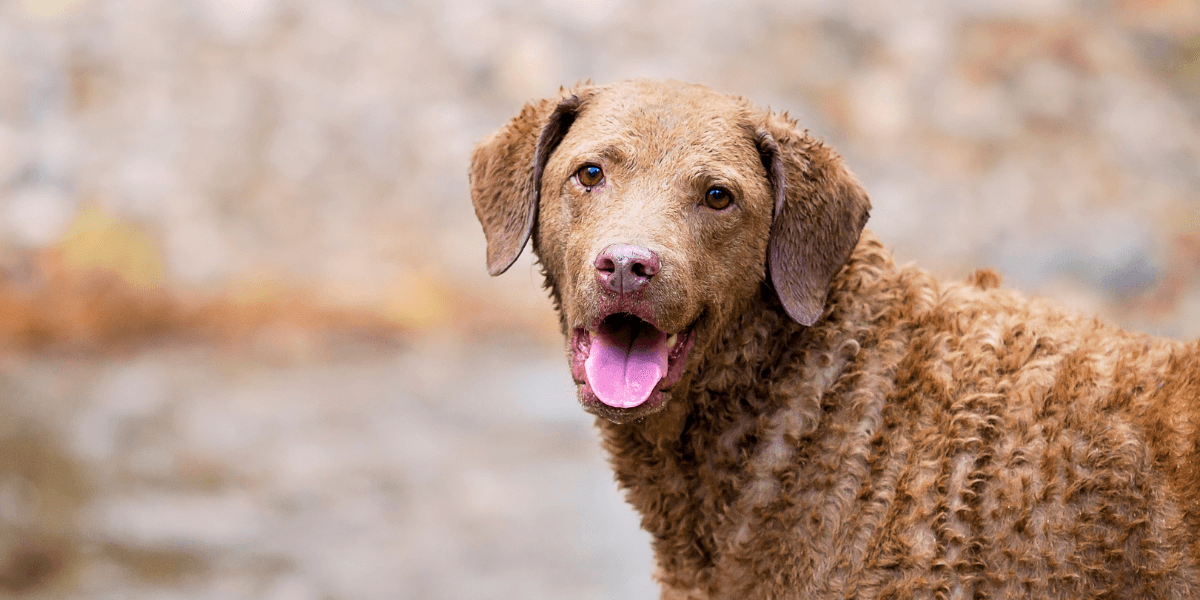
Selecting the right brand is key to the best diet for Chesapeake Bay Retriever.
- Look for Quality Ingredients: Choose foods with real meat as the first ingredient
- Check for Certifications: Look for AAFCO approval for complete and balanced diets
- Avoid Artificial Additives: Steer clear of artificial colors, flavors, and preservatives
- Research Brands: Choose reputable brands with good customer reviews
- Consult Your Vet: Ask your vet for recommendations based on your dog’s needs
- Consider Life Stage: Pick a formula appropriate for your dog’s age and size
- Trial and Error: Be prepared to try different brands to find the best fit
- Regular Monitoring: Watch your dog’s response to the new diet and adjust as needed
Discover the healthiest diet for your Chesapeake Bay Retriever with our comprehensive vet's guide.
7. Tips for Feeding Your Chesapeake Bay Retriever

Proper feeding practices help maintain your dog’s health and happiness.
- Set a Schedule: Maintain a consistent feeding schedule to support digestion
- Use Elevated Bowls: Helps prevent bloat in deep-chested breeds like Chesapeake Bay Retrievers
- Provide Fresh Water: Ensure your dog has access to clean water at all times
- Avoid Table Scraps: Human food can upset digestion or be toxic
- Monitor Behavior: Watch for signs of food allergies or digestive issues
- Store Food Properly: Keep dog food in a cool, dry place to maintain freshness
- Transition Slowly: When switching foods, do it gradually over a week
- Keep It Fun: Use interactive feeders or food puzzles to stimulate their mind
Explore our top 10 tips for feeding your Chesapeake Bay Retriever to ensure a healthy companion.
FAQs
1. What is the best diet for a Chesapeake Bay Retriever?
- A balanced diet with high-quality protein, fats, and essential nutrients
2. How often should I feed my Chesapeake Bay Retriever?
- Adult dogs should be fed twice a day, and puppies three to four times
3. Are grain-free diets good for Chesapeake Bay Retrievers?
- They are suitable for dogs with grain allergies but consult your vet first
4. What foods should I avoid giving my Chesapeake Bay Retriever?
- Avoid chocolate, grapes, onions, garlic, xylitol, and fatty foods
5. Can I feed my Chesapeake Bay Retriever a raw diet?
- Yes, but ensure it is balanced and meets all nutritional requirements
6. How do I manage my dog's weight through diet?
- Control portions, monitor weight, and adjust calories as needed
7. What should I do if my dog has a food allergy?
- Choose a limited-ingredient or hypoallergenic diet to manage allergies
Conclusion
- The best diet for Chesapeake Bay Retriever is key to their health and happiness
- Focus on high-quality ingredients that meet their nutritional needs
- Monitor your dog’s weight and adjust portions based on activity level
- Avoid harmful foods and consult your vet for any dietary concerns
- Regularly evaluate and adjust your dog’s diet for optimal well-being
- Follow Best Diet for Chesapeake Bay Retriever tips to keep your dog healthy and happy



